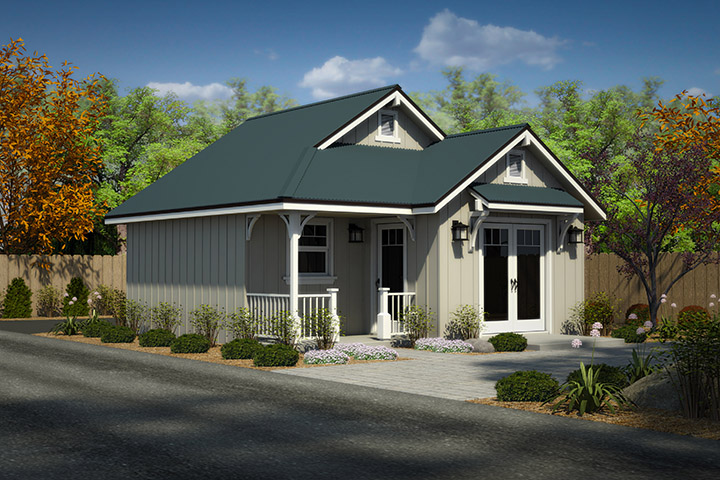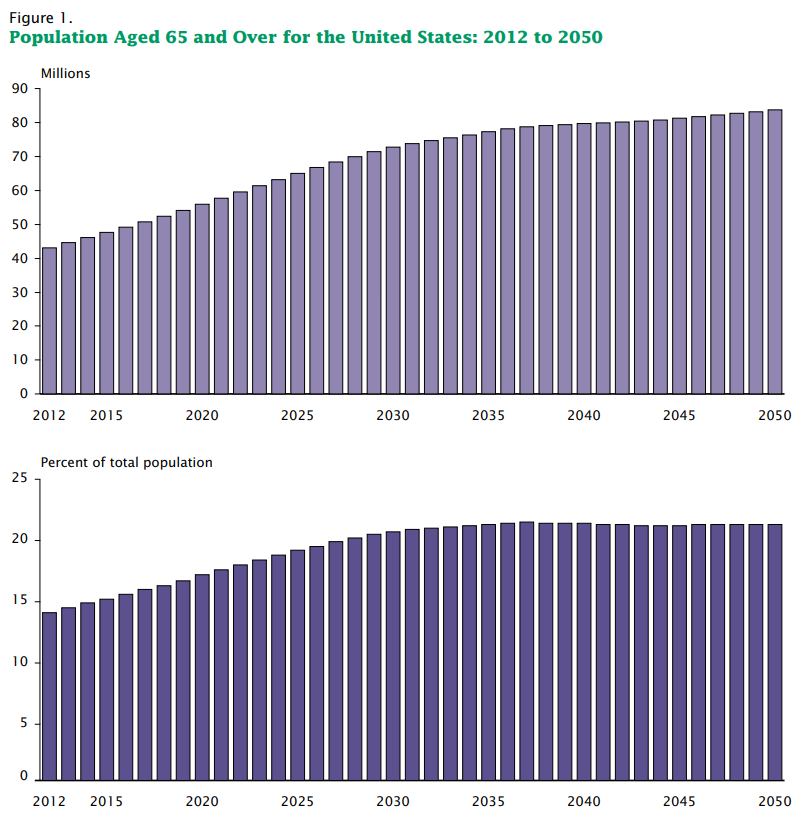Good things come in small packages
IMS has covered hundreds of projects for developers to create housing projects, for inspectors to examine housing conditions, and for planners to review a city’s fair housing opportunities.
And as with kitchen appliances and fixtures, there are always new trends. (Stainless steel refrigerators are in, avocado-colored sinks are out. Tiny houses are in, McMansions are out.)
IMS is covering these new opportunities alongside traditional housing projects via in-depth research, daily project leads, and Advanced Notice information on upcoming opportunities from the public sector.
New themes in housing on our radar include the “tiny home” movement, accessory dwelling units, residential solutions for the aging population, and district-sponsored housing for teachers.
Tiny Homes
“The tiny home trend is taking off in downtown Clovis,” according to a June article in the Fresno Bee.
The City of Clovis, Calif., is encouraging infill residential development through the use of small “Cottage Homes.” The tiny houses have less than 400 square feet of livable space, and can be built on properties with alley access. The City even offers three different plans, free of charge, for construction in the Old Town area.

One of several of Clovis’ “Cottage Homes.” (Source: The City of Clovis)
The city’s initiative won the 2018 “Outstanding Planning Award – Planning Project (Section Only)” from the American Planning Association’s Central Section.
In June 2018, IMS published an RFI for a Tiny Homes Consultant. The City of Chicago is seeking information for the design of a Tiny Homes Program to provide affordable housing for seniors and persons at risk of homelessness (IMS 431368). Proposals could address construction under current regulations or without the restraints of zoning rules.
In California, the Housing Authority of the City of Riverside sought a consultant in August 2017 to provide design services for a tiny homes affordable housing project. The project included 10-15 non-traditional residential structures on five lots (IMS 397163).
On a larger scale of tiny homes, the Sacramento Housing and Redevelopment Agency sought information from developers in 2018 for the creation of permanent housing to serve homeless individuals. The goal is to produce at least 1,000 efficiency housing units over the next two years (IMS 415098-1).
Accessory Dwelling Units
A new ordinance in Portland, Ore., recognizes the importance of accessory dwelling units (ADUs) for permanent housing, rather than for Airbnb-style rentals, according to an article in the Portland Tribune.
“ADUs are integral to the achievement of the City’s housing goals and make up a significant portion of new dwelling units currently being constructed in Portland,” the ordinance states. “These goals are not advanced when ADUs are rented as [short-term rentals] as they are not directly adding to housing capacity at that time.”
IMS covered two recent projects for accessory dwelling units, which are small, secondary living areas on a larger lot.
The City of Longmont, Colo., issued an RFP for planning services for affordable housing pilot programs. Required work included developing stock plans for accessory dwelling units and planning facilitation for smaller developers (IMS 416479).
The County of Los Angeles sought a consultant to provide technical services for the new construction of accessory dwelling units in unincorporated areas of the County. Required work included developing a manual for the accessory dwelling unit ordinance process (IMS 405702).
Age-Friendly Communities
“A key strategy to facilitate the inclusion of older persons is to make our world more age-friendly,” notes the World Health Organization, which has assembled a database of city and community initiatives designed to meet the needs of aging populations.
IMS has started to see evidence of this type of planning.

The US is projected to face a significant increase its elderly population over the next few decades. (Source: U.S. Census Bureau)
In Louisiana, the East Baton Rouge Council on Aging Inc. released an RFP in June 2018 for a consultant to prepare a Master Aging Plan. The Plan will address elements of land use, zoning, urban design, parking, facility, and strategic planning to transform the Parish of East Baton Rouge into an Age-Friendly Community (IMS 429711).
The Town of Palmer, Mass., issued an RFP in April 2018 for a consultant to provide preliminary feasibility services for the redevelopment of the Converse Middle School into accessible rental housing for the elderly (IMS 422140).
A project in Texas would create affordable rental housing units in downtown Laredo. In 2017, the City released an RFP for design services for 12 or more downtown affordable rental housing units for the elderly (IMS 400408).
Housing for Teachers
“A growing number of districts are using housing incentives as a way to try to attract and retain K-12 educators—building teacher complexes with below-market rental rates, giving teachers living stipends, or offering discounts on home rentals and purchases,” according to a 2018 article in Education Week.
In 2018, IMS published an Advanced Notice for an upcoming student and teacher housing opportunity in Sonoma County. The Office of Education is seeking a consultant to engage in a public-private partnership for the creation of more housing for students and teachers (IMS 413565-1).
IMS published a similar Advanced Notice in Idaho. The Blaine County School District No. 61 is seeking a joint-venture developer for teacher housing on the Ketchum property (IMS 431132).
In Texas, the McMullen County Independent School District released an RFQ in late 2017 for a consultant to provide design and construction administration services for new teacher housing (IMS 406358).
And a project in San Francisco would redevelop a former school for use as teacher housing. The City and County of San Francisco, in collaboration with the San Francisco Unified School District, released an RFP in October 2017 for a developer to create an affordable housing project for teachers at the former 60,000-SF Francis Scott Key Elementary School site (IMS 388362-1).
These new housing projects address a changing demographic and economic landscape. That proverbial kitchen is being remodeled again to address today’s needs. It has smaller energy-efficient appliances, a convenient urban design, integrated services, and innovative financing.

